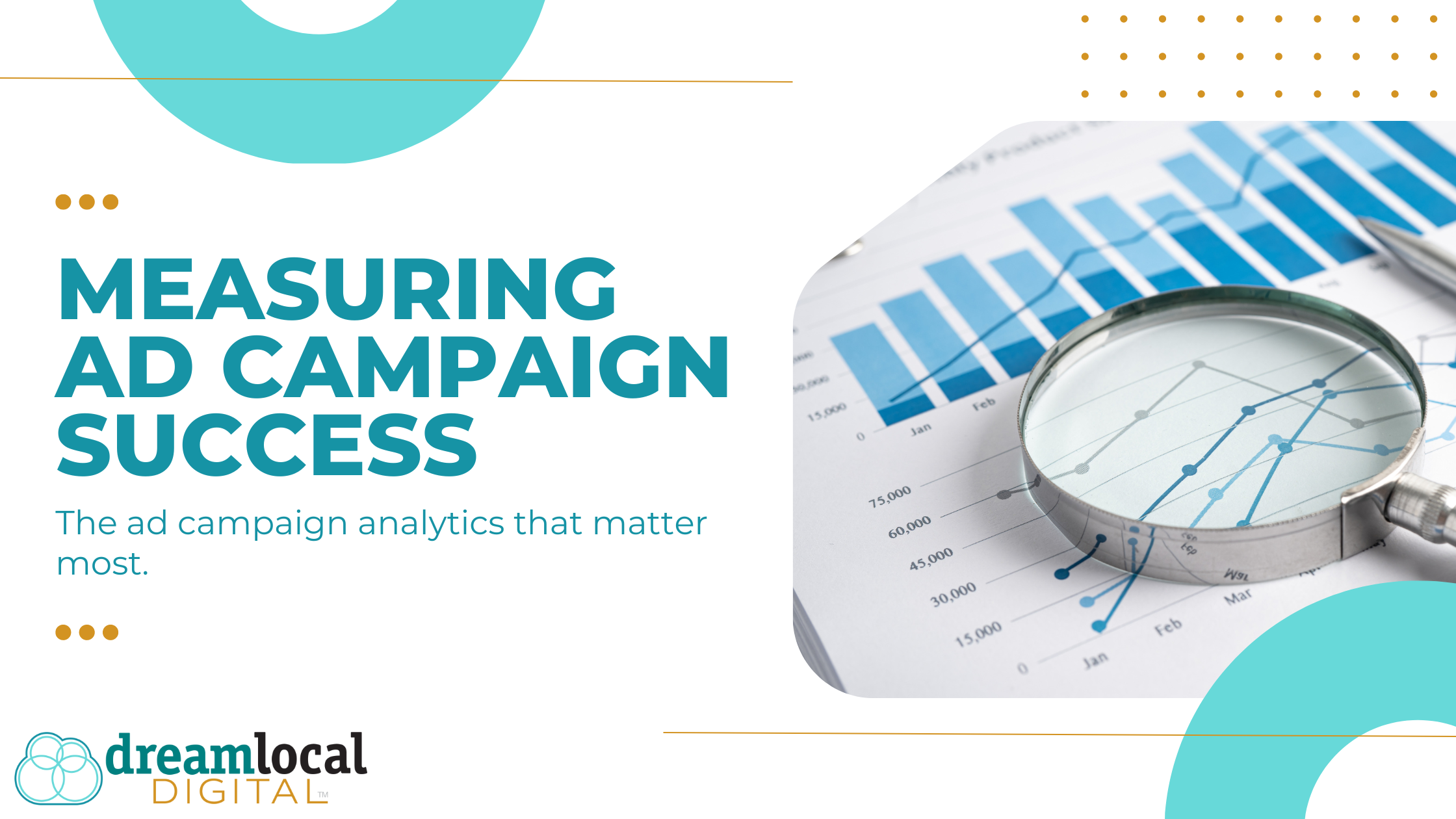
Congratulations! You’ve successfully launched your ad campaign. Now comes the crucial phase: analyzing your marketing efforts to pinpoint areas for enhancement.
Whether you’re a seasoned marketer, a business owner, or a digital marketing professional, delving into the analytics behind your campaigns is the key to unlocking the door to success.
Let’s see what metrics you need to analyze your campaign.
Why analyze your ad campaign?
Analyzing your ad campaign is not just a ritual; it’s a strategic move that empowers you to make data-driven decisions. In a world inundated with information, here’s a breakdown of crucial analytics to steer your campaign toward success.
With a few hours and the right metrics, you can distill which techniques work for you — and which do not. These insights allow you to improve your next ad campaign.
Analytics to measure
Look at the following analytics to get a baseline for your ad campaign’s performance. Learn about the basic key performance indicators (KPIs) that analyze your ads performance.
Click-Through Rate (CTR)
Imagine you’ve crafted the perfect ad – engaging, visually appealing and strategically placed. But how do you know if it’s resonating with your audience? Enter Click-Through Rate, the percentage of people who clicked on your ad after seeing it. CTR is not just a number; it’s a crucial indicator of ad engagement. So, keep a close eye on it to gauge the effectiveness of your campaigns.
Conversion Rate
Clicks are just the beginning; what happens next is the real game-changer. Conversion Rate measures the percentage of users who completed the desired action after clicking on your ad. Whether it’s a purchase, sign-up or any other goal you’ve set, understanding your Conversion Rate is pivotal for fine-tuning your campaign strategy.
Cost Per Click (CPC)
Budgets matter, and so does the efficiency of your spending. Cost Per Click is the average cost you pay for each click on your ad. Monitoring CPC helps you manage your budget and provides insights into your ad spend’s efficiency.
Impressions
High impressions might seem like a win, but balancing this metric with others is crucial. Impressions indicate the total number of times your ad is displayed to users. While it might suggest good visibility, understanding its correlation with other metrics is essential for a holistic view of your campaign’s performance.
Return on Ad Spend (ROAS)
In the world of digital marketing, it’s not just about spending; it’s about smart spending. ROAS, or Return on Ad Spend, evaluates the revenue generated for every dollar invested in advertising. It’s the ultimate metric to assess the profitability of your campaigns and ensures that your marketing efforts are not just expenses but strategic investments.
Ad Reach
Your campaign needs to get in front of the right audience. Ad Reach measures the total number of unique users who have seen your ad. It provides valuable insights into the potential audience exposure, helping you understand the impact and reach of your campaigns.
Decoding the analytics behind your ad campaigns is akin to holding the keys to the kingdom of digital marketing success. Measuring your ad campaign’s success is not just an option; it’s necessary to ensure growth and efficiency.
Ad Performance Benchmarks
When analyzing your ad campaigns performance, consider the channel you used and your industry. This will give you a contextual benchmark to compare against your ad’s performance accurately. For example, a real estate agency that launched Facebook ads can research how Facebook ads in the real estate industry performed in 2023.
Facebook Ad Benchmarks
Take a look at some Facebook ad data below that you could use as a benchmark:
2023 Facebook Click-Through Rate (CTR) Data
|
Industry |
CTR |
|
Apparel and Footwear |
2.06% |
|
Consulting and Professional Services |
1.37% |
|
eCommerce |
1.75% |
|
Education |
1.29% |
|
Food |
0.96% |
|
Real Estate |
1.19% |
|
Health and Wellness |
1.66% |
Don’t see your industry? Research benchmarks or contact us to learn more.
2023 Facebook Cost Per Click (CPC) Data
|
Industry |
CPC |
|
IT and Software |
$0.85 |
|
Healthcare |
$0.75 |
|
Health and Wellness |
$0.66 |
|
Consulting and Professional Services |
$0.59 |
|
Technology |
$0.58 |
TikTok Ad Benchmarks
Do you know the important TikTok ads benchmarks and metrics? In 2023, the average engagement rate with TikTok ads was 5-5.16%. The average cost per click was $1, and the cost per impression (CPM) could range from $2 to $20+ per 1,000 impressions.
TikTok does not charge advertisers per click, so this data will not be displayed. But you can still identify this metric by taking the profits generated from the campaign divided by the number of clicks your ad received.
LinkedIn Ad Benchmarks
It’s important to track essential LinkedIn ad benchmarks.The worldwide average LinkedIn click-through rate was 0.44% to 0.65%. For 2023, cost per click was $5.58 worldwide, and cost per impression was $33.8 for every 1,000 impressions. A reasonable conversion rate on LinkedIn is between 5% and 15%, depending on the industry and what your business defines as a conversion.
Google Ads Ad Benchmarks
Google Ad CTR data fell between 3-5%. Conversion rates were between 1.57% and 13.41% depending on the industry. Cost per acquisition ranged from $21.12 to $132.95. The higher end of that metric was the Career and Employment Industry.
Instagram Ad Benchmarks
Last but not least, Instagram stats. In 2023, click-through rate ranged from 0.22% to 0.88%. Cost per click falls on the higher end of the spectrum at $3.56. Conversion rates were between 0.30% to 2.6%, depending on your ad reach.
These metrics and benchmarks give you a snapshot of your campaign efficiency. But they are just the start. If you want to take your analysis further, consider working with industry experts. Dream Local Digital works with businesses throughout the United States to maximize marketing ROI and help grow your business. Schedule your free marketing consultation today.
